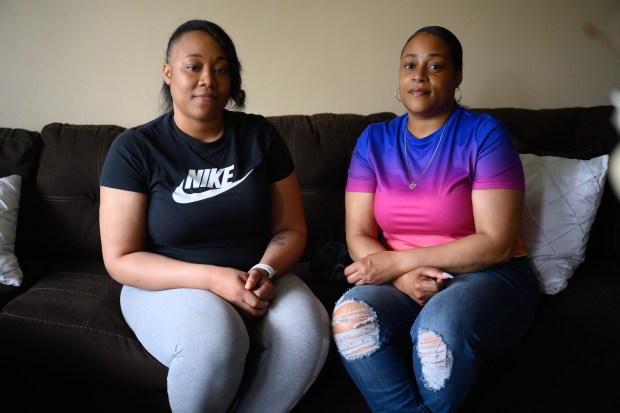Norridge trustees voted unanimously on April 24 to increase residential water rates by 3.37 percent, thanks to a rate increase of the same amount from Chicago, which supplies the village’s water.
“We are only doing the pass-through, which is what the city of Chicago has raised and passed on to us, so that is going to the residents,” said Jack Bielak, chairman of the Village Board’s Law and Ordinance and Economic Development Committee.
Trustee Andy Ronstadt said the increase is the exact amount Chicago is allowed to increase the fee it charges to supply other municipalities water at this time, based on the Consumer Price Index.
“They’re limited, but they are allowed by the CPI,” Bielak said. “We don’t have a choice unless we’re eating the increase. Obviously, with the infrastructure work we’re doing and all those kind of items, we’re not going to do that.”
Norridge plans to spend nearly $95 million to overhaul its water system, whose leaks are costing the village nearly $250,000 a year, Ronstadt said in February.
The village spent some $2.2 million to overhaul and upgrade the pumping station and reservoir at Cumberland and Foster avenues, and will spend another $2.5 million to overhaul the Olcott pumping station, just outside Village Hall, next year, he said.
Meanwhile, Norridge is in the process of replacing 44 miles of water lines that cost about $2 million per mile to replace, and plans to repaint, recoat and replace the interior and underground lines of the village’s 67-year-old water tower for $1.1 million later this year, Ronstadt said.
The city of Chicago raises the rates it charges Norridge every year, Bielak said. Village officials try to immediately pass along those increases to residents to prevent a bigger impact that combined increases might have, he said.
“We try to stay consistent so that we don’t all of a sudden have one year where we’re hiking it by a huge amount,” he said.
Bielak said he understands why Chicago, like Norridge, increases its water rates.
“The city also, I know, has a lot of aging infrastructure, and they’re just trying to pass it off to their customers,” he said.
Village officials hope Norridge residents understand that the Chicago rate increases are out of the village’s control.
“We try to be fair,” he said. “We try to be understanding of what’s going on, but we also try to explain and illustrate. We have a lot that we have to do. We have to maintain a lot of infrastructure.”
Ronstadt said the latest testing of the Norridge water system showed that 53.6 million gallons, or 12.7 percent of the village’s total water use, is lost each year due to leaks, water main breaks and faulty meters.
“That is why we’re trying to continue the modernization and upgrade and everything,” he said. “These numbers are going to continue to go up. We’re trying, but the system is old.”
In 2021, Norridge more than doubled the infrastructure fees for residential and commercial water use to help pay for the badly needed repairs.
The water rate, or cost per gallon, remained the same, but the infrastructure fee for residential service climbed from $19 to $40 every two months and the commercial fee from $9.50 to $20 a month.
Even with the infrastructure fee increase, the average Norridge water bill of just over $80 every two months was the second lowest among 10 local communities, according to a village study at the time. Elmwood Park’s average bill was the highest, at roughly $125 every two months, the study said.



